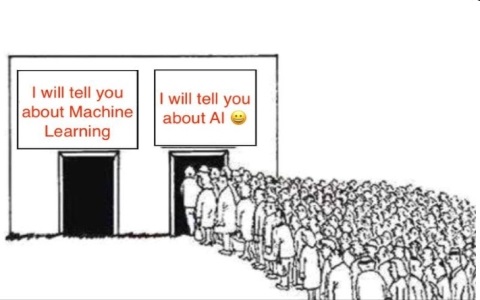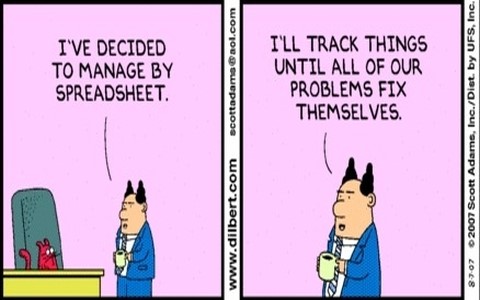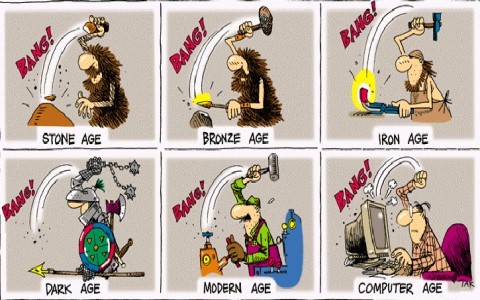Evolution of BlockChain Technology
Blockchain is still evolving on a daily basis. To this date, Blockchain technology exist in multiple different versions, each having specific new features compared to its predecessor.1st Generation Blockchain Technology
Currencies: (Bitcoin, Litecoin, Dogecoin, Reddcoin, and others)
All cryptocurrencies related to the first generation are written in C++ language and use Bitcoin source code as a basis.
To get a better understanding of the first generation, you'll have to take a closer look at Bitcoin's technology, Bitcoin was the first ever to introduce this new technology.
The first generation Blockchain's uses Proof-of-Work. It makes these networks costly - mining requires much electricity. Some people critique ASICs for depriving the home miners of ability to mine effectively while opponents stress that mining farms utilizing dozens of ASICs secure the network better because today one needs to spend an incredible amount of money in order to perform the 51% attack. In fact, as long as people are not capable of confirming blocks via CPU power on their own, the network can't be called 100% peer-to-peer. Although Bitcoin mining is proved to be incredibly energy consuming it is considered that it's still much better than the conventional banking system that consumes three times as much as Bitcoin.
This first generation Blockchain has a fixed policy that no one can alter. The policy also includes that a user can only spend his/her bitcoins once. After their transaction, they would not be able to get their hands on those again.
You'll get to mine only 21 million Bitcoins and once the threshold is reached no one would be able to mine or get their hands on them unless they buy it.
Bitcoin lacks some important features (e. g. the ability to use smart contracts). The first generation blockchain has limited functionality and that's the reason why the second generation followed.
What are the Benefits of 1st Generation Blockchain Applications?
Well, there are so many benefits of this type of the first-generation Blockchain. Let's take a look at them one by one.
No one will be at a loss due to losing a single node. The data will get stored in every other node too.
If someone tries to hack it or tamper the records, the process would be too much evident. If there are only nine other ledgers that the hacker has to break in and install a similar looking ledger on the system, it could be a piece of cake.
But imagine what happens when there are 2 thousand or million people with the ledger. The sessions are also refreshed every 10 minutes, so it's practically near to impossible to hack it.
You won't have to trust any party blindly. Every transaction is automatically verified and signed by each member.
The first generation Blockchain technology was one of the revolutions of the digital world. This was the root of every other cryptocurrency and latest versions of Blockchain technology.















